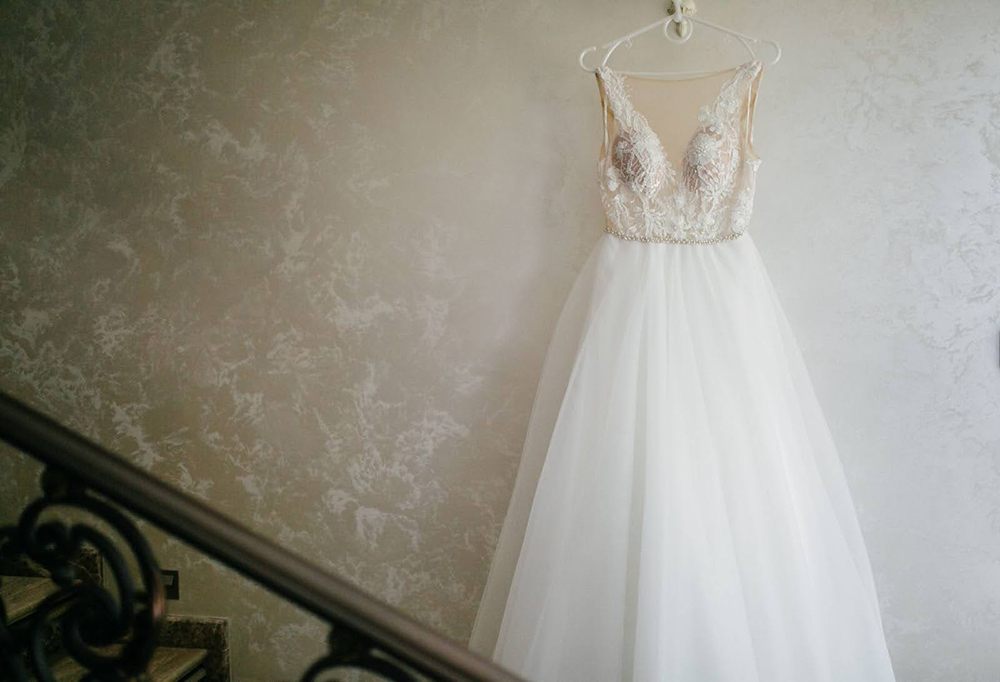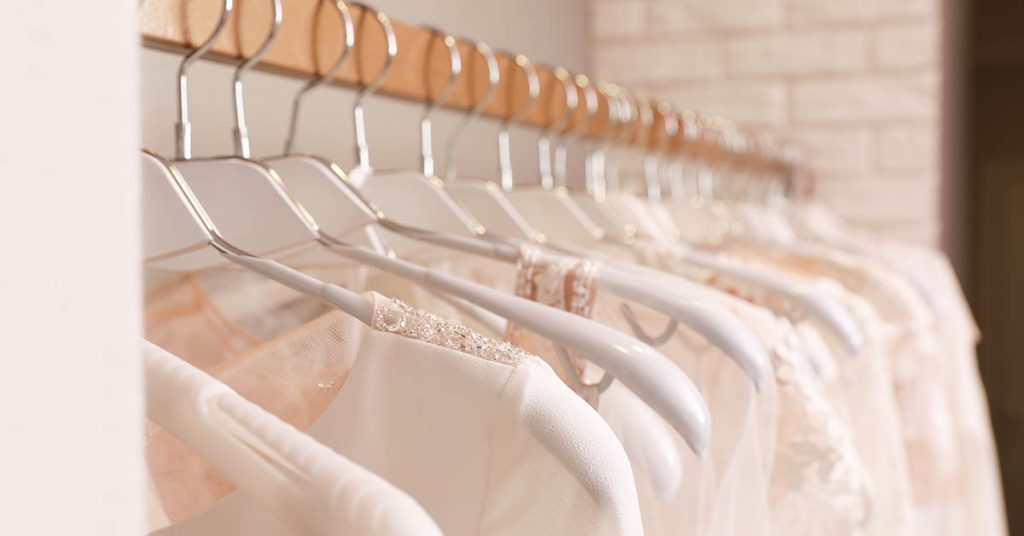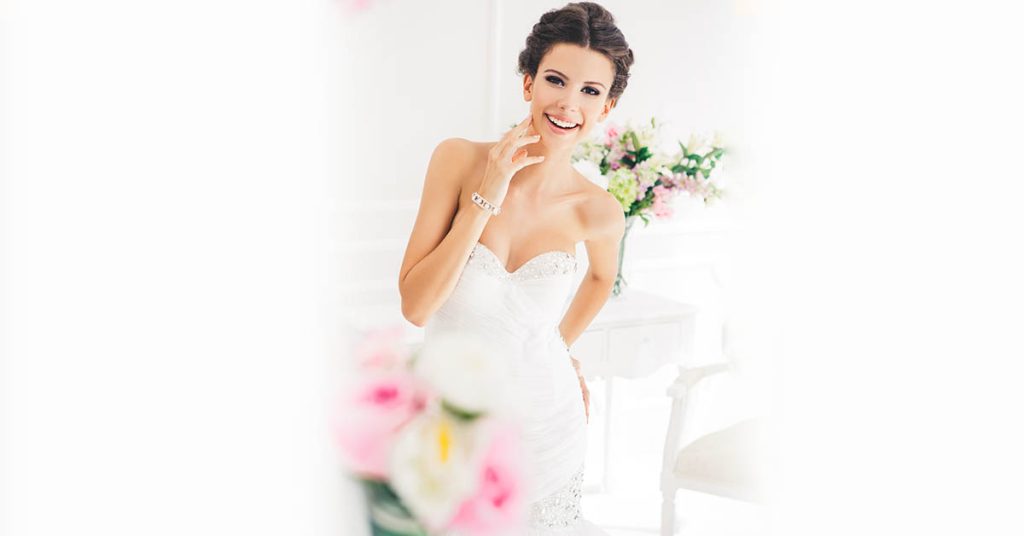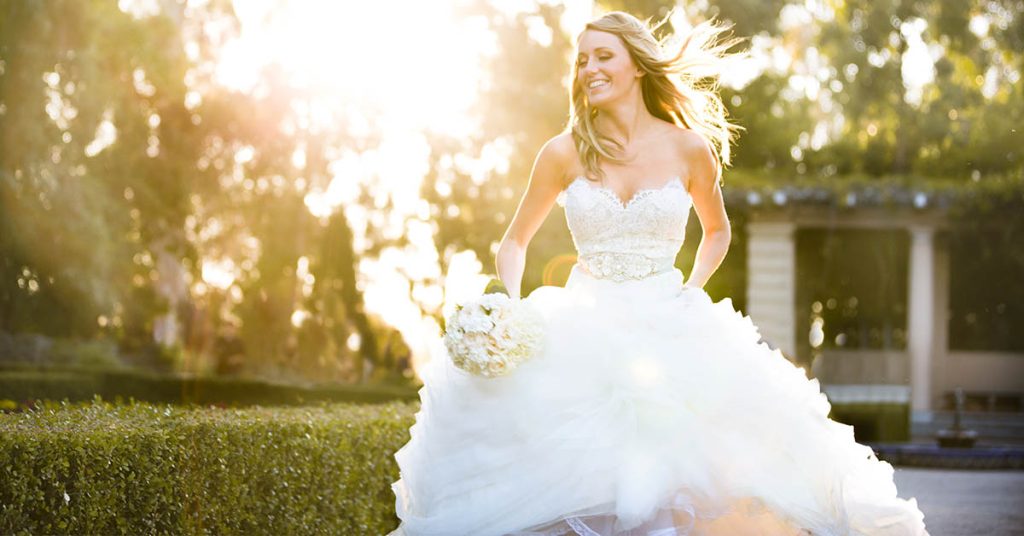In 2021, Canadians sent almost 1.1 million tonnes of clothing and textiles to landfills, making textiles one of the country’s largest waste categories. A wedding gown, often worn once and then tucked away, is part of this problem. Choosing what to do with an old wedding dress is about more than freeing closet space. It’s a decision that can preserve memories, support charitable causes, or contribute to a more sustainable economy.
This guide explores the main options: donation, resale, repurposing, preservation, recycling, and cultural contributions.
Donating Your Gown
Donating is one of the most meaningful things to do with an old wedding dress. Specialized charities make sure gowns directly support causes while giving brides affordable options.
- The Brides’ Project (Toronto) sells donated gowns and gives proceeds to cancer charities. Dresses must be less than three years old and in excellent condition.
- Gina’s Closet (Waterloo) accepts gown donations by appointment, with all proceeds going to local cancer care.
- Gowns for Mission (Kingston) channels proceeds to diabetes research and outreach programs.
For gowns that are no longer suitable for resale, Angel Gowns groups (volunteer initiatives across Canada) repurpose donated wedding dresses into burial outfits for infants who have passed away due to stillbirth or miscarriage. This option gives gowns too old or damaged for resale a deeply meaningful second purpose, while providing comfort to families in grief.
Selling Your Dress
If you would like to recover part of your investment, resale is another option. Online bridal resale platforms connect past brides with future brides directly, while consignment shops manage the process for a commission. Both options make dresses accessible to buyers who prefer affordable, sustainable fashion.
Selling is one of the more practical ideas for old wedding dresses because it both supports circular fashion and eases financial waste.
Repurposing Your Dress
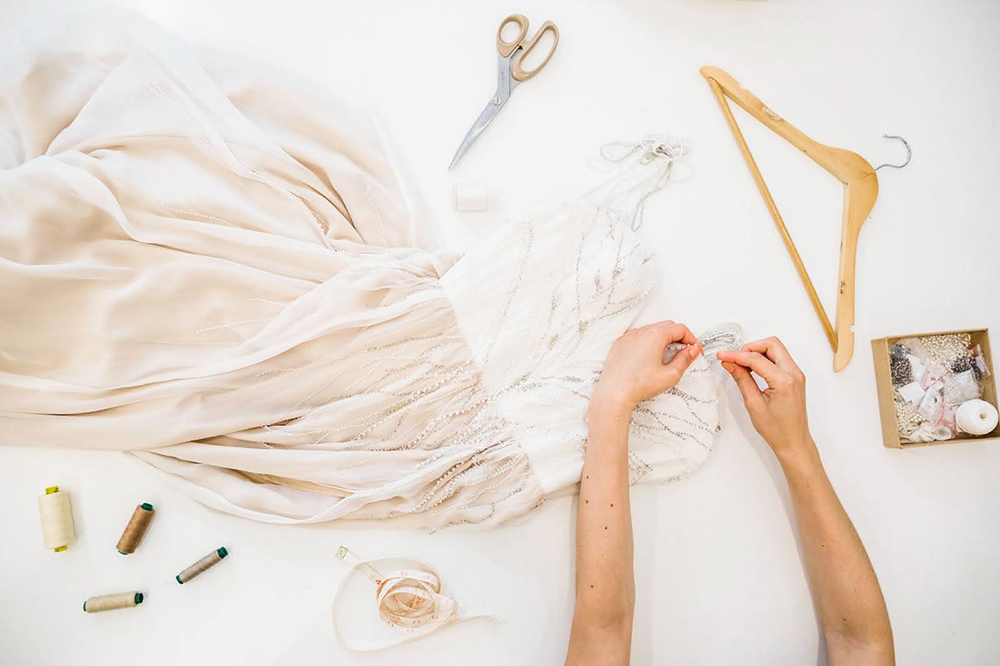
For many brides, the dress holds too much sentimental value to sell or donate. Repurposing allows you to give it a new purpose. Fabric, lace, or beading can be transformed into keepsakes or new garments.
Ideas include:
- Family heirlooms such as christening gowns, baby blankets, or communion veils.
- Accessories like scarves, scrunchies, or headbands made from gown fabric.
- Home décor such as quilts or framed swatches that preserve the fabric.
If you prefer professional craftsmanship, Toronto-based specialists can remodel or alter gowns into something wearable again, or transform them into timeless keepsakes. Some brides also choose wedding dress preservation to keep their gown in pristine condition for future generations rather than altering it.
Recycling Wedding Dresses
When gowns are too worn or damaged, recycling is the most responsible route. Several Canadian municipalities operate textile recycling programs.
- Newmarket, Ontario runs a program that accepts dresses, bedding, and fabric scraps for repurposing.
- Peel Region, Ontario provides textile sheds at community recycling centres.
- British Columbia has organizations like Trans-Continental Textile Recycling that process textiles domestically, keeping them out of landfills.
Recycling ensures that fabrics are diverted into industrial uses such as wiping cloths, insulation, or fiber fill rather than discarded.
Cultural and Historical Preservation
Some gowns have unique cultural or historical value. In these cases, donating to a museum can turn a personal item into a preserved artifact.
- The McCord Stewart Museum in Montreal houses thousands of garments, including wedding dresses dating back centuries.
- The Bruce County Museum in Ontario features over 70 gowns tied to family histories.
- The Fashion History Museum in Cambridge, Ontario documents how Canadian bridal fashion evolved over time.
For gowns with notable design or strong family stories, this option preserves them as part of Canada’s heritage.
Options for Old Wedding Gowns
| Option | Best For | Benefits |
| Donate Wedding Gown | Dresses in excellent condition | Supports charities, gives gowns a second life |
| Sell | Brides wanting financial return | Recoups cost, supports circular fashion |
| Repurpose Wedding Dress in Toronto | Sentimental owners | Creates keepsakes, accessories, or remodelled wear |
| Wedding Dress Preservation | Families wanting heirlooms | Keeps gown in pristine condition for generations |
| Recycle Wedding Dress | Gowns too damaged to reuse | Diverts fabric from landfill, industrial reuse |
| Historical Donation | Gowns with cultural or family significance | Preserves dress as part of Canadian heritage |
Turning Old Wedding Gowns Into Something Meaningful
When thinking about things to do with old wedding dresses, choosing organizations with a clear purpose makes a difference. Angel Gowns initiatives provide a unique impact by turning donated gowns into infant burial garments, offering families a way to grieve with dignity. Even if your gown is damaged, the fabric can still bring comfort and meaning.
Each of these choices gives a gown a second life while also benefiting people and communities.
FAQs on Old Wedding Dresses
Can I transform a wedding dress into a cocktail dress?
Yes. Professional alteration services can restyle or dye gowns into cocktail dresses, giving them a second life for formal occasions.
What if my gown is too old or damaged to sell?
Municipal textile recycling programs in Ontario and British Columbia accept gowns in any condition and process them into industrial products.
Are there companies that repurpose wedding dresses?
Yes. Specialists in Toronto and across Canada remodel gowns into new garments or keepsakes. This is a popular way to recycle wedding dress fabric without losing its sentimental value.
Where can I donate a used wedding dress if it doesn’t meet charity requirements?
General thrift stores and textile recycling bins accept gowns of any age. Larger charities also provide at-home pickup services.
Conclusion
Choosing what to do with old wedding gowns can be guided by condition, sentimental value, and the impact you want to make. Donation supports charities, resale contributes to sustainable fashion, repurposing creates keepsakes, and recycling keeps fabric useful. Preservation, on the other hand, allows a gown to remain part of your family’s story.
If you’re ready to give your gown a second life, request a free quote today and see how it can be professionally preserved or repurposed.

